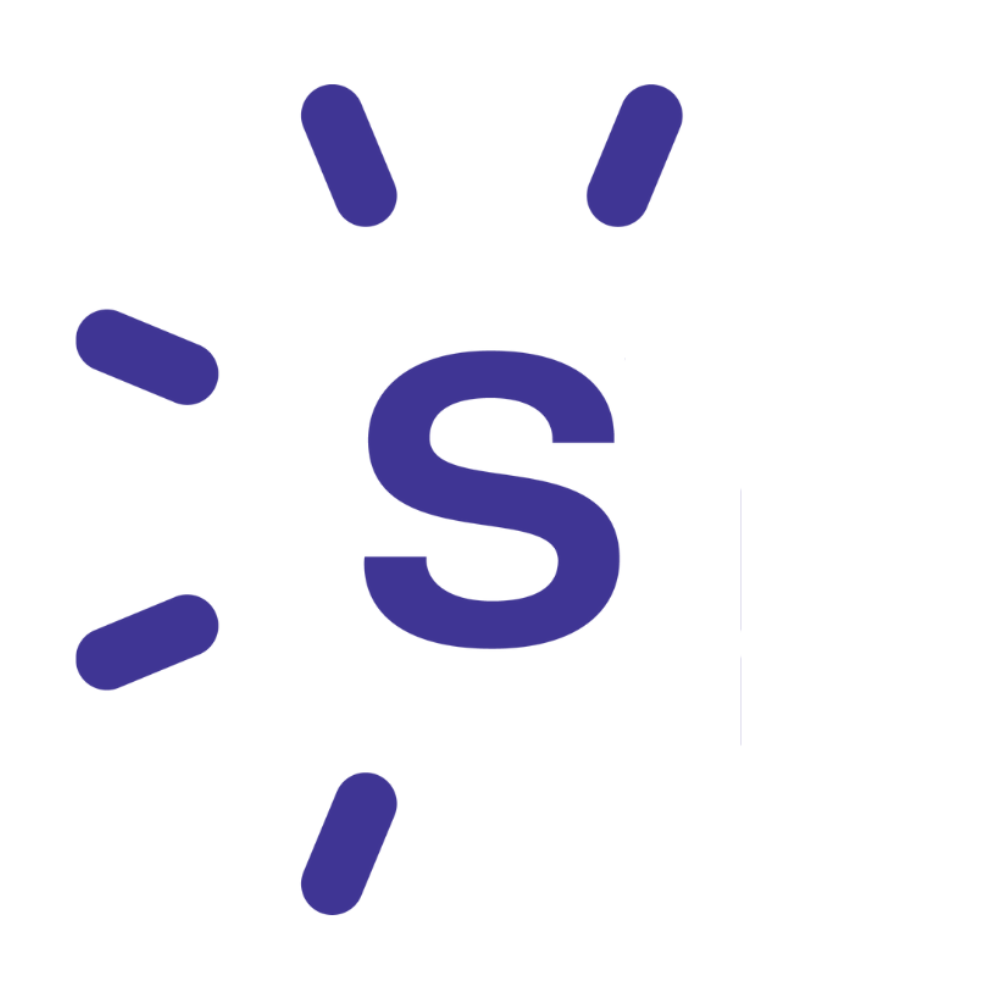Technology, stakeholder alignment are keys to tackling burnout
Organizations have traditionally tried to throw tech solutions at problems, but streamlining operations solutions is more effective in easing clinician burdens.

The COVID-19 pandemic put a huge strain on an already struggling healthcare workforce. Post-pandemic, retention, recruiting and staff shortages continue to pose a challenge for hospitals and health systems.
A new report published by symplr, “From Imminent to Urgent: Aligning Clinicians and IT is Critical to Streamlining Healthcare Operations,” reflects survey data from more than 200 CIOs, IT executives and clinicians at top U.S. health systems. The Compass Survey revealed that nurse burnout and staffing challenges (noted by 41.4 percent of respondents) surpassed financial pressure (38.7 percent of respondents) as the top anticipated threat to healthcare organizations over the next year. By contrast, financial pressure was the top threat In 2022, (noted by 40.9 percent of respondents), followed by clinician burnout and staffing challenges (mentioned by 31.2 percent).
Yet, while health system workers recognize workforce challenges as a top threat, little progress is being made to alleviate a key cause of pervasive burnout and turnover — disparate technologies and technology fatigue. Healthcare workers are juggling too many siloed, clunky systems for processes such as scheduling, credentialing, compliance management, spend management, quality and more.
Managing all these solutions takes up more of clinicians’ time than necessary, and that's time taken away from patient care. Nurses didn’t go into nursing to spend hours of their day dealing with cumbersome technologies, such as inadequate communication tools and archaic staffing and scheduling systems.
To get to the root of healthcare’s burnout epidemic and remedy this top challenge for hospitals and health systems, we need to streamline healthcare operations technology and give clinicians time back for patient care.
Streamline technology to reduce burnout
Technology is both a key contributor to the workforce crisis and a key part of the solution. The Compass Survey of symplr found that the majority of U.S. health systems use more than 50 distinct software solutions for healthcare operations – the non-clinical processes that help run a hospital or health system – with some respondents noting that they use more than 500 solutions.
Working with this many systems and applications creates a significant administrative burden. Some 80 percent of survey respondents said working with disparate IT systems and applications complicates their jobs. These numbers reflect marginal decreases from 2022 data, indicating that little progress has been made in technology consolidation. Many healthcare providers are responding to workforce challenges and slim economic margins by increasing their software spend, but some of these new solutions just add additional administrative burdens for clinicians without saving time.
To reduce technology fatigue and give the healthcare workforce time back, organizations must implement enterprise software that consolidates and integrates healthcare operations processes. Respondents to the Compass Survey indicated that their organizations’ caregivers could redirect an average of 20 percent more time to patient care if their healthcare operations software was on a single platform, with 84 percent saying they could redirect at least 10 percent more time to patient care.
This finding is validated by a McKinsey & Company study, which found that nurses could redirect from 10 percent to 20 percent of their time through “digital approaches that automate tasks.” Achieving that kind of improvement would enable the healthcare industry to close the workforce gap by as much as 300,000 nurses, those researchers concluded.
Misaligned stakeholders impede progress
While progress has been slow, technology consolidation is on many healthcare executives’ radars. A 2023 report published by KLAS indicates that while more than 90 percent of healthcare executives say technology consolidation is important to improving their operational efficiency, 80 percent are still in the planning or initial stages of consolidation.
Financial cost isn’t the only factor that can delay technology integration. Another key barrier reported by healthcare executives was internal misalignment of priorities. The Compass Survey found that IT professionals and clinicians at U.S. health systems held different views on the top challenges and priorities at their organizations, with clinicians rating retaining nurses, supporting the physical and emotional well-being of nurses, efficiency with technology, and workflow optimization as more significant, compared with views held by their IT counterparts.
When stakeholders across a hospital or health system aren’t seeing eye to eye on the top priorities and challenges of the organization, achieving operational efficiency though technology consolidation becomes nearly impossible.
The solution is to encourage open lines of communication between departments, particularly between the IT pros and CIOs who implement software and the clinicians who use it most in their day-to-day work. Health systems are complex ecosystems, and there will always be competing priorities when making decisions about technology infrastructure and integration.
However, as workforce shortages and burnout persist and potentially worsen at many health systems, it’s important to align stakeholders around the urgent need to tackle this problem.
Now is the time to leverage technology to win back staff and free up time for clinicians to prioritize and focus on providing patient care. By building alignment between clinicians and IT leaders, health systems can accelerate the path to technology consolidation and improved efficiency.
Karlene Kerfoot is chief nursing officer at symplr.
